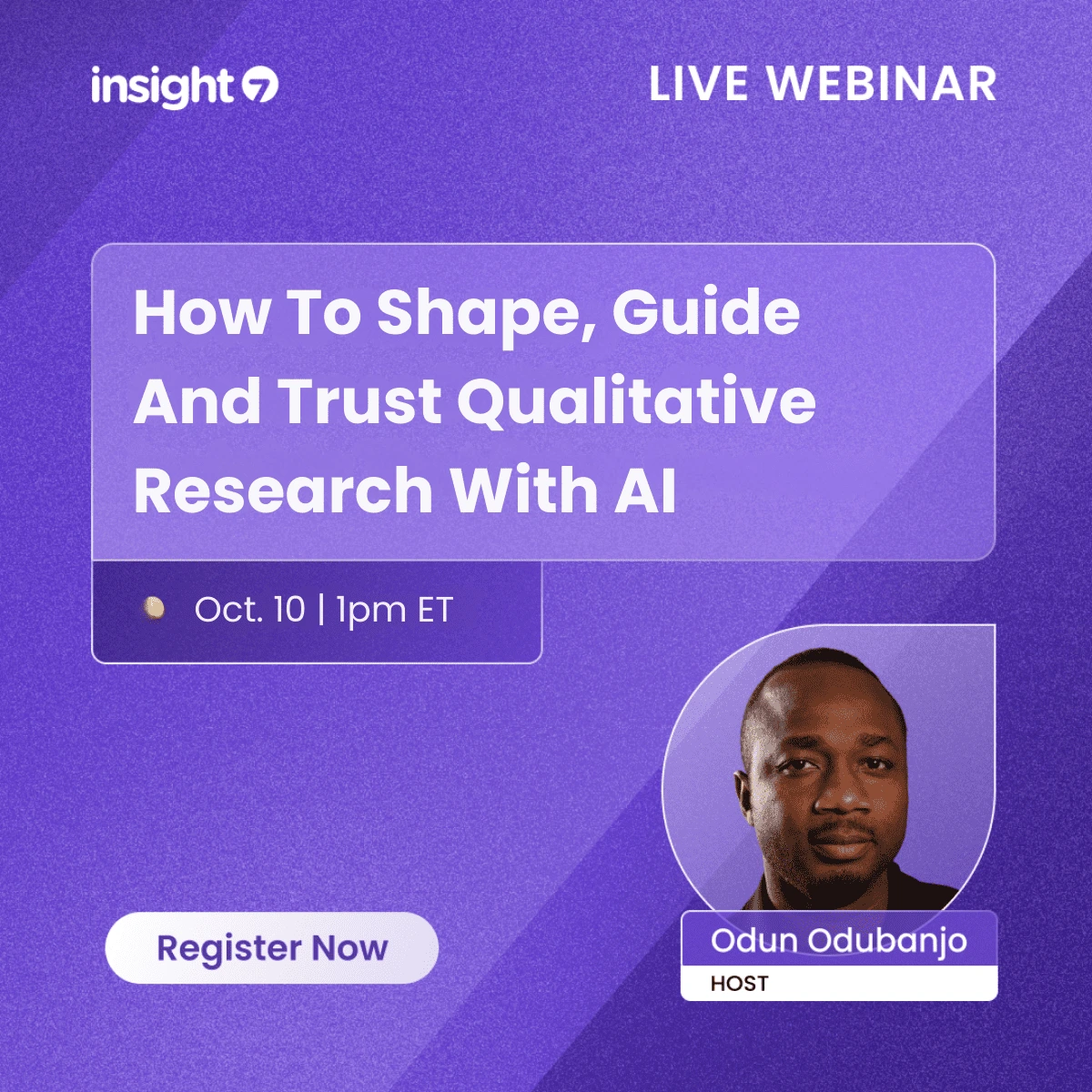The Evolution of Speech Analytics in Customer Support
-
Bella Williams
- 10 min read
The landscape of customer support is changing rapidly, and speech analytics is at the forefront of this transformation. This article delves into the evolution of speech analytics, illustrating its significance in enhancing customer interactions, driving operational efficiency, and ultimately improving customer satisfaction. As businesses strive to understand their customers better, speech analytics emerges as a powerful tool that can unlock valuable insights from customer conversations.
Current Market Urgency for Speech Analytics in Customer Support
Customer support teams face numerous challenges, including identifying customer pain points, improving agent performance, and enhancing service quality. Traditional methods of gathering customer feedback, such as surveys and manual reviews, often fall short due to their reliance on limited data points and subjective interpretations. The advent of advanced technologies, particularly artificial intelligence, has reshaped the landscape, making it imperative for organizations to adopt speech analytics now. Evolving customer expectations and increased competition demand a more proactive approach to understanding customer needs and preferences.
What Is Speech Analytics in Simple Terms?
Speech analytics refers to the technology that analyzes recorded calls and interactions to extract valuable insights. Unlike manual or legacy methods that rely on human review, speech analytics automates the analysis process, providing real-time insights into customer sentiment and behavior. This technology enables organizations to unlock outcomes that were previously unattainable, such as immediate identification of customer emotions and trends in customer interactions.
What Can Organizations Actually Do With Speech Analytics?
- Real-Time Sentiment Analysis → Immediate identification of customer emotions, leading to timely interventions
- Call Categorization → Efficient routing of calls based on identified issues, reducing wait times
- Performance Monitoring → Enhanced agent training through feedback on call handling and customer interactions
- Trend Analysis → Informed decision-making based on emerging customer needs and preferences
Corporate Investment Trends in Speech Analytics
The push for speech analytics adoption is driven by several major business factors, including cost reduction, improved customer loyalty, and the pursuit of a competitive advantage. Organizations are increasingly recognizing that speech analytics can address pain points such as missed follow-ups, lost deals, and inadequate agent training. The advantages of speed, personalization, and predictive insights provided by speech analytics are crucial for enhancing customer support and driving business growth.
What Data Makes Speech Analytics Work?
Essential input data for effective speech analytics includes call transcripts, speech patterns, and customer interaction history. Integrating multiple data sources, such as CRM systems and social media interactions, enhances the accuracy of insights derived from speech analytics. A robust foundation built on quality data and advanced algorithms is vital for generating actionable insights that can inform strategic decisions.
Speech Analytics Operational Framework
- Data Collection: Gather raw data from various sources, including call recordings and chat transcripts.
- Data Processing: Utilize AI to convert unstructured audio into structured insights.
- Pattern Recognition: Identify sentiment, conversion signals, and emerging trends.
- Model Refinement: Continuously improve models using historical data for better accuracy.
- Real-Time Insights Delivery: Disseminate insights to relevant teams for immediate action.
- Feedback Loop: Track results and utilize them for ongoing improvements in processes and models.
Where Can Speech Analytics Be Applied?
- Customer Retention: Insights from speech analytics can identify at-risk customers, boosting win rates through targeted interventions.
- Training Effectiveness: Analytics drive better training outcomes for agents by providing targeted feedback on performance.
- Service Improvement: Monitoring customer sentiment enhances resolution rates and overall customer satisfaction.
Platform Selection and Tool Evaluation
When evaluating speech analytics platforms, key features to consider include accuracy, integration capabilities with existing systems, multilingual support, and intuitive dashboards. AI-powered platforms significantly outperform traditional methods in terms of efficiency and effectiveness, providing comprehensive insights that drive better decision-making.
Example Comparison:
| Feature | AI-Driven Speech Analytics | Traditional Approach |
|---|---|---|
| Insights Generation | Automated, comprehensive | Manual, limited |
| Sentiment Analysis | AI-driven detection | Subjective interpretation |
| Predictive Insights | Forward-looking analytics | Historical reporting |
| Scalability | 100% of interactions analyzed | Sampling-based |
What Mistakes Do Companies Make With Speech Analytics?
Common pitfalls in implementing speech analytics include inadequate data quality, lack of stakeholder alignment, over-reliance on automation, and weak integration into existing workflows. These mistakes can hinder the effectiveness of speech analytics and limit the potential benefits for organizations.
Speech Analytics Implementation Roadmap
- Integration: Connect speech analytics tools with existing systems, such as CRM and contact center software.
- Data Synchronization: Import historical data for baseline comparisons to measure improvements.
- Dashboard Configuration: Set up role-specific dashboards tailored to the needs of different teams.
- Model Training: Train and refine AI models using quality data to enhance accuracy.
- Pilot Programs: Roll out initial use cases to test the effectiveness of the analytics.
- Feedback Optimization: Continuously refine processes and models based on insights gained from analytics.
What Does an Ideal Speech Analytics Setup Look Like?
To maximize ROI from speech analytics, organizations should adopt best practices such as continuous training, regular updates to models, and structured review cycles to ensure insights are actionable. An optimal balance between automation and human input in decision-making is crucial for achieving the best outcomes.
Success Metrics and Performance Tracking
Key metrics to track the success of speech analytics initiatives include:
- Improvement in Conversion Rates: Measure the percentage increase in successful customer interactions.
- First-Call Resolution Rates: Assess the effectiveness of resolving issues on the first call.
- Training Impact Assessment: Evaluate measurable changes in agent performance following training.
- Forecast Accuracy: Determine the precision of predictions based on analytics insights.
The universal principle is that success comes not from merely having analytics but from leveraging insights to make informed decisions and actions.
FAQs About Speech Analytics
- What is it? → Speech analytics uses AI to analyze customer interactions and extract actionable insights.
- How is it different from old methods? → Unlike traditional methods that rely on manual reviews, speech analytics automates the process and provides real-time insights.
- Can it integrate with my CRM? → Yes, most platforms offer seamless integration with popular CRM systems for enhanced data utilization.
- How much data is needed? → A minimum of 100 calls is recommended for initial model training, but more data improves accuracy.
- Is it compliant and secure? → Leading platforms adhere to data protection regulations (e.g., GDPR, CCPA) to ensure customer data security and compliance.
Final Takeaway
The evolution of speech analytics is a game-changer for customer support, enabling businesses to proactively address customer needs and enhance service quality. By adopting the right platform, organizations can transition from reactive to proactive strategies in customer engagement. To stay ahead in the competitive landscape, consider exploring recommended platforms, initiating a pilot project, or attending a webinar on best practices in speech analytics.







